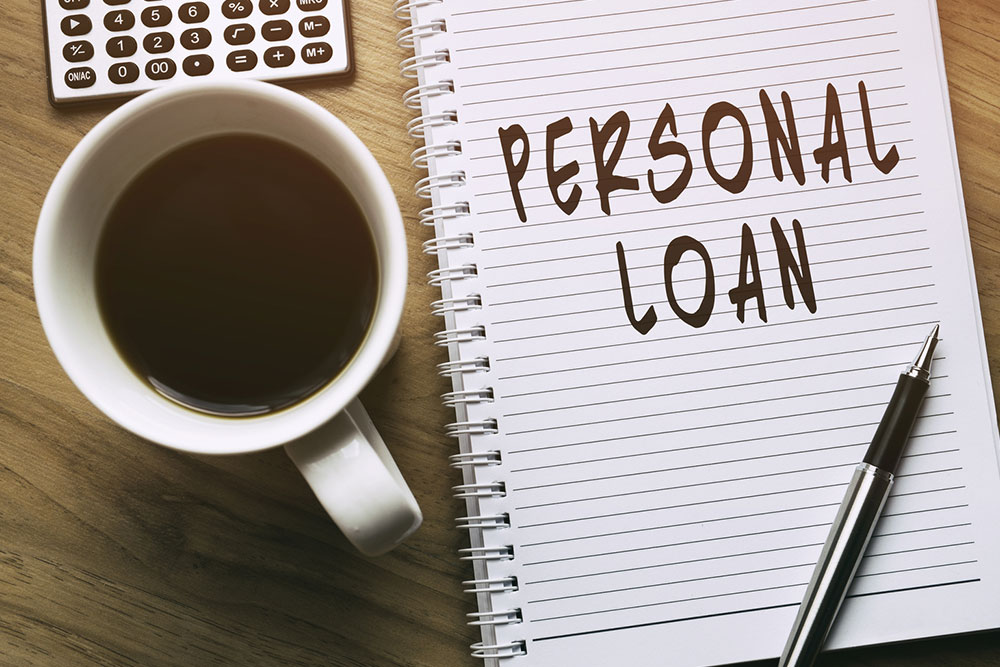
7 mistakes to avoid when applying for a personal loan
A personal loan is a sum of money that one can borrow for several purposes, including home renovations, buying a car, debt consolidation, or covering healthcare emergencies. Credit unions, online lenders, or banks offer a personal loan. This loan is usually repaid over an agreed-upon tenure at an interest rate. The process of securing an instant personal loan is straightforward. However, those exploring the financing options for the first time are susceptible to making mistakes.
1. Not shopping around for the best options
Sometimes, the urgency of funds might compel an individual to pick the first personal loan option they come across. They may even qualify for a higher amount that will help ease their financial burden. However, rushing a decision often results in overlooking elements like interest rates, processing fees, and tenure. For instance, while the first option might offer $1000 at a 10% interest rate for 24 months, a little research might render an option with about 7% interest for the same tenure. Before signing the agreement, one must always research the available lenders for the best offers.
2. Too many applications
While one must explore the available options when looking for a personal loan, it is important to reduce the number of checks. Too many loan inquiries on one’s report may hurt the credit score and make lenders think twice before approving an application. One must apply for one loan at a time to have a better chance of approval without damaging the credit score. Moreover, exploring prequalified offers is a better way to compare offers without hurting one’s score.
3. Taking more than required
When one applies for an instant personal loan online or at a nearby lender branch, one might have the option of taking out a larger than required amount if one has a great credit score. However, it is important to know that personal loans usually have a higher interest rate. The more the disbursal amount, the higher the amount that needs to be paid back every month, with interest. If one cannot cover payments on the personal loan with other expenses, the debt could spiral out uncontrollably, leading to less desirable things like missed payments, collection calls, late payment fees, and legal action. One should also avoid longer tenures if it isn’t required. The longer the loan tenure, the more one will have to pay through each month and overall.
4. Not considering credit score
A lender considers one’s credit score and other information in the credit report to determine if one qualifies for a personal loan and what interest rate and terms they can offer. So, checking the report before applying for a personal loan could help one better understand where one’s credit stands. Checking the document may also help detect inaccurate information that one might want to resolve before applying for a personal loan. An individual with a lower score should improve it before applying for a loan. This can help improve their credit score and propagate a lower interest rate when one looks for a personal loan.
5. Overlooking prequalification
An individual who has prequalified for a personal loan might receive an overview of how likely they are to be approved, as well as the associated terms. Prequalifying also helps ensure monthly payments fit into one’s budget before committing to the loan. Additionally, prequalification does not affect the individual’s credit score as lenders check the report with a soft inquiry. One should note that prequalifying does not guarantee one will be eligible for a loan, but it allows comparing lenders, terms, and rates to help find the best deal.
6. Neglecting the terms and conditions
People usually focus only on the APR and repayment period when taking a personal loan. However, checking the terms and conditions before signing the agreement is equally important. This can help one understand the actual cost of the loan, including any hidden fees and other charges. Based on one’s creditworthiness, one might be charged an origination fee to prepare loan documents and check credit scores. Moreover, some lenders charge an application fee. If an individual misses a payment, they might incur a late fee, while paying early may incur a prepayment penalty. It is always advisable to read the fine print or ask the lender about any associated fees to be fully informed about the terms of the loan.
7. Falling behind on repayments
Despite the benefits of a personal loan, the financial option might become stressful if one slacks on repayments. For instance, the first drawbacks of missing payment deadlines, making late payments, or no payments at all include a heavy late payment fee and a drop in credit score by almost 100 points. If the loan is officially in default, the lender might move the unpaid loan balance to an in-house collections department or sell it to a third-party debt collector. In this case, one may receive phone calls, e-mails, or text messages from the collection agency to recover the debt. If one’s debt is unsecured, the lender could take legal action. If one loses a job or faces unexpected financial setbacks and can no longer make monthly payments, one must contact the lender immediately. Most lenders are ready to work with the borrower to help get back on track. A lender may not report the delay to the credit bureaus unless the borrower is 30 days past the due date.


